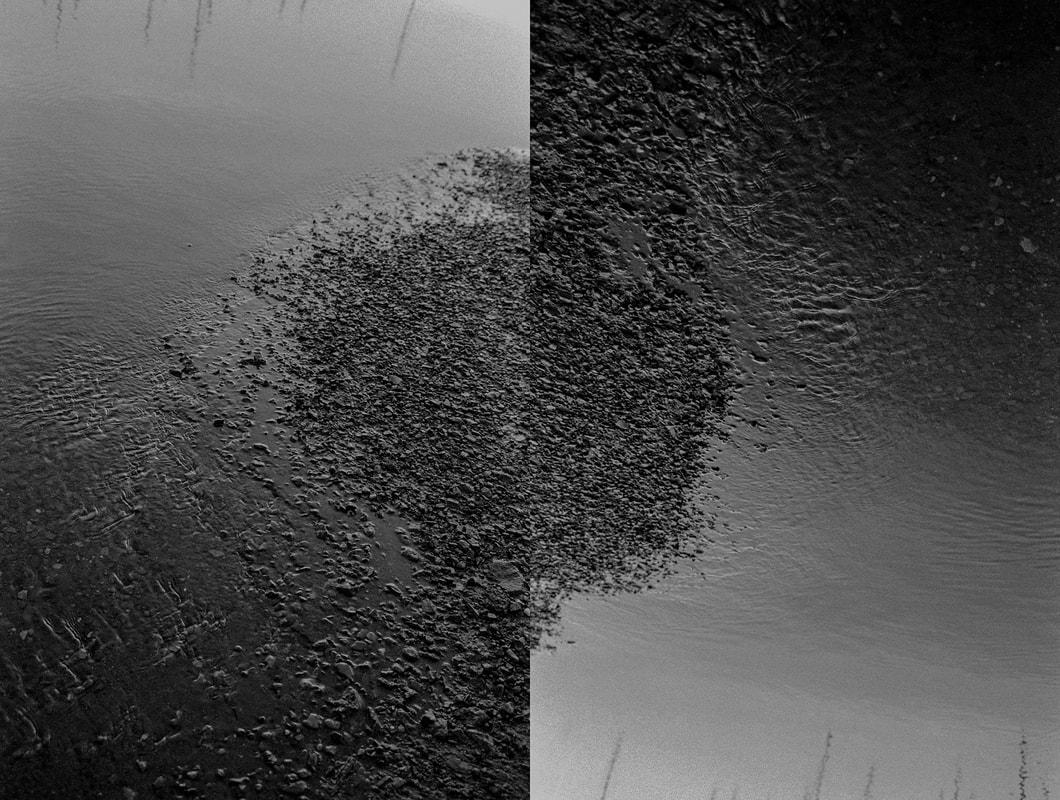Seeing the body as the generative force in cognition, Mari Amman's sensual and medidative works posit poetic relations between terrain, technology, water, sound and movementCARMEN HUST | ARTICULATE #20 | JULY 2019
Mari Amman (1984) is an American artist, dedicated to visual and installation art. Her training in dance and music form her approach to processing site specific history and to embed visual and material cues in her final public works. Seeing the body as the generative force in cognition, Amman’s sensual and meditative works posit poetic relations between terrain, technology, water, sound and movement. Amman aims to make visible the myth of the psychological and physical divide. Amman started her creative practices at a young age. Dance was her first art, then singing and piano. She’s based in Norway and continues to create, because it helps her to understand structures, in nature and in manmade creation. The preferred media for Amman, is working with visuals. She’s interested in the relationship between the visionary and the physical body, uniting the concepts and make way for visions to obtain both a physical and cognitive space. Reaching into the visceral connections, traditional Chinese medicine was incorporated to her thoughts. Gradually, Amman reinitiated her bodily work, adding movements and voices to her visual creations.
Mari Amman is focused and gathers the materials of her work through images, drawings, paintings, sounds, and then look through her findings causing a new piece to emerge. Each artefact is researched in connection with history and usually has some ties to genealogy studies, stories of war, and the way nature works. In a recent conversation between Amman and her friend John, John stated:
"To me, nature is a woman, maybe that is why so many women are frustrated by living in a society where nature has no value".
|

To his statement Amman replied:
“Nature has been modified”
, which perfectly illustrates her motifs for addressing the binary divide between nature and structure, the visual and the material.
With nature as her teacher, Amman tends to walk the same route every day, in the aim to notice nuances. As an example, her interest in allegory guides her choices to work with forms in water and wood. In the images of formal spaces, she’s considering the structures and the way people construct dressings for those spaces. The questions of why this is, in this particular way, and how was it made leads her through learning the intelligence in the present materials, and how those stories and histories become embedded in the final structures which Amman represents in her work.
In creating a good composition, the key element to Mari Amman is depth. To her, there has to be a deep structural understanding and a specific idea in mind. These kind of reaching into and focusing out always brings the best result. In these instances, it is like looking at something that she never made. “It may sound trite, but it’s when I become a conduit for what I’m making that the best work is made. Then I know it is acceptable-when it has nothing to do with whatever I think is me”, she adds.
|
To Amman, art can be really reflexive, for which she’s always careful to assume to know what she’s looking at yet preserving her trust in the connection to the visceral. There has to be some kind of heart in there for a composition to work. To Amman, people are smart, and they know a good composition when they see it
The work of Mari Amman is inspired by Kimsooja (1957) and Teresita Fernández (1968), as they opened her mind to conceive the ability to work with space and materials and that the visual ideas could be transposed into experiential artwork. Hito Steyerl’s (1966) writing and performance articulates the ways Amman feels and thinks about artwork and its changing role in the world. Due to web 2.0, art is no longer static and moves more freely.
Amman and her friend, the artist Marcela Gottardo (1985), talk every day, and according to the artist, it is through their dialogue that she was able to hold her voice and position in her choices. Her mentors, Greek artist Annetta Kapon (1950) and Danish John Wagner (1954), inform her thinking and have fostered her lazy tendencies to become more rigorously disciplined. Also, the butoh dancers in Oslo, and Japanese artist, Seshen have influenced Mari Amman, when offering spaces for her to practically explore her fields of interest through their workshops.
This article about MARI AMMAN takes part of ARTICULATE #20. Read, download or order your print version of the full publication below
|
SUPPORTARTICULATE
www.articulate.nu SUPPORT Monday - Friday 8:00 - 16:00 [email protected] +45 30 48 19 81 Head Quarters VAT DK40953191 |
|







